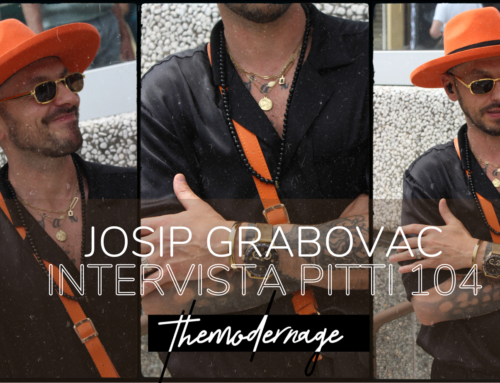You see a glass with a dark drink, and your first thought is that it is Coke.
We eat a hazelnut cream, and we call it Nutella.
This happens because these brands are lovemarks, a term coined by Kevin Roberts in his book “Lovemarks: A future beyond brands,” which is used to refer to a positioning strategy based on generating an emotional connection between the brand and the consumer, who chooses that brand for that very reason.
But why does this happen? There are several reasons.

Copyright: Hooley Brown
The consumer is irrational
According to many theories, consumer behavior can often be defined as “irrational”: they buy larger quantities of a discount item even though they do not need it, they choose to spend more to get free shipping, even though it would cost them less to buy only what they need and pay for shipping.
This is also the case because consumers now need to navigate a situation in which they must continually choose among a multitude of products and develop what is called “decision fatigue”: according to this theory, each choice we make in a day consumes part of our energy, getting to the point where our brains dictate that we choose the easiest option with the greatest gain.
In addition, consumers are influenced by branding strategies: the aesthetic elements of a brand can show the consumer how they would like to be, or how they feel, thus creating a link that influences the consumer’s choices, who opts for the brand based on how it looks, not just on the problems the product or service can solve.

Copyright: Accenture Digital
Emotional connection and respect
The emotional bond of a lovemark is based on intimacy, mystery, and sensuality, but to be considered such a lovemark must also have another aspect: respect, which is based on innovation, reputation, and honesty.
Roberts arranges emotional bonding and respect on two axes, producing the following categories:
- little respect, little love: products that consumers are not attracted to and have a critical attitude toward. To move beyond this positioning, the product must offer better performance and greater emotional involvement;
- little respect, much love: products that manage to attract his attention for a short time (fads) but lose interest after a short time. To move beyond this positioning, the product must offer a better performance;
- much respect, little love: products that offer mostly functional benefits (brand). These are solid products, but consumers expect no less and want more. To go beyond this positioning, the product must offer more emotional involvement;
- much respect, much love: the products that generate an emotional attachment in the user that goes far beyond the value of the product. Brands in this category are the true lovemarks since respect can give loyalty, but only love makes the product irresistible

Copyright: Saatchi & Saatchi
How to make an emotional connection in the social age?
The average user spends about 2 hours and 31 minutes per day on social media, with the youngest segments reaching an average of more than three hours per day.
During this time, the user is exposed to advertising in various forms, from sponsored content to ADV advertising, which make it even more difficult to differentiate one’s brand from others. And that’s not counting the user-generated content themselves, who simultaneously play the role of author and viewer.
Wondering how to make an emotional connection in such an era is an obligatory question.
The key lies in creating positive experiences, both online and live.
To build an authentic emotional connection, a brand must move from self-referential communication to a user-centered narrative. The experience the user has with the brand must be consistent, relevant and, above all, memorable. This means moving beyond the idea of “target audience” and starting to think in terms of communities, relationships, and conversations.
Communication ceases to be unidirectional, but involves the community that is created around the brand in its storytelling.
Indeed, the evolution of the Internet and social media has further expanded the boundaries of communities of belonging, enabling the emergence of a true digital place: interreality. In particular, interreality combines some characteristics of traditional social networks – interaction, support and social control – with the characteristics of the Web – multimedia, content creation and sharing. It also enables the development of virtual groups and communities, which can complement or replace real ones.

Copyright: Antevenio
From visible to beloved
A brand can be known, but only when it is loved does it become unforgettable.
Being a lovemark is not just about getting more likes or selling more-it is about getting into people’s imaginations, becoming part of their habits, emotions and memories. It is a work of care, of perseverance, of empathy.
If you want to transform your brand from a simple market presence to a true emotional experience, we can help you build that bridge between what you do and what people feel.
Contact us: let’s design a strategy together that combines impact, authenticity and connection.









